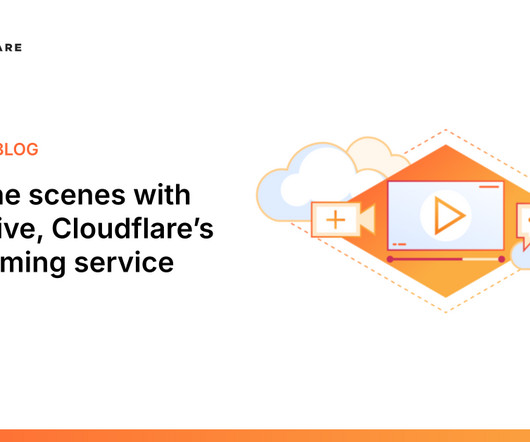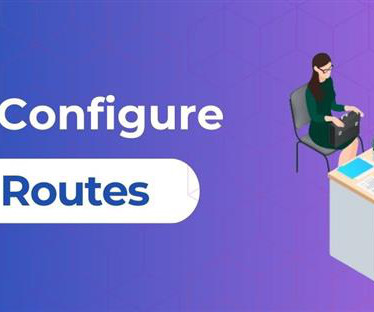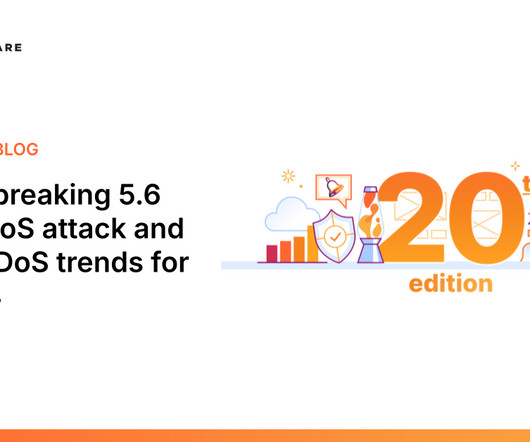Multi-Path TCP: revolutionizing connectivity, one path at a time
CloudFaire
JANUARY 3, 2025
It's a major extension to the TCP protocol, and historically most of the TCP changes failed to gain traction. After the initial TCP handshake, each peer may announce additional addresses (and ports) on which it can be reached. Typically, the server allows the client to reuse the server IP/port address. There are caveats though.















Let's personalize your content